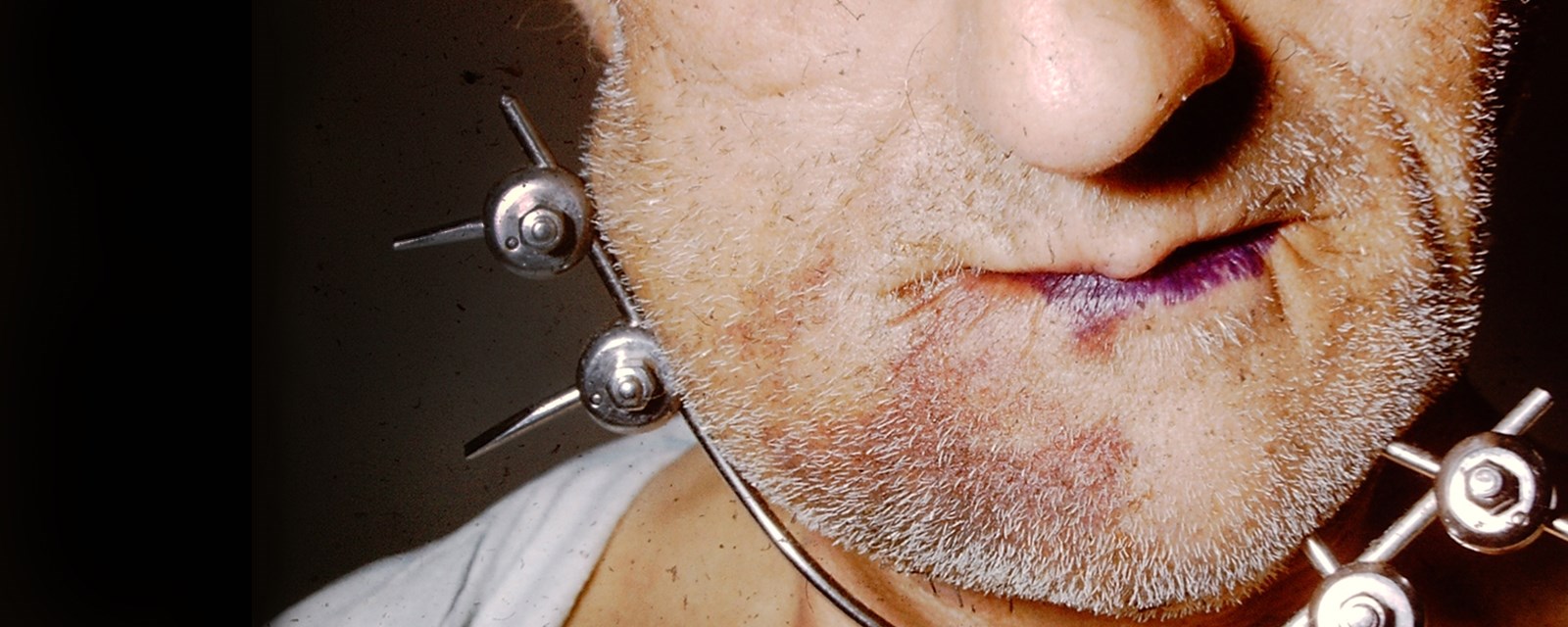
2022 CE Wallis Lecturer credits ‘treasure trove’ RSM Library for sparking interest in medical and dental history
A 2008 visit to the Royal Society of Medicine’s ‘treasure trove’ Library sparked in Andrew Sadler an interest in the history of oral and maxillofacial surgery. His subsequent research was the topic of his CE Wallis Lecture at the RSM last week.
Mr Sadler became the 18th person to give the lecture since its inception in the 1930s. It is delivered once every five years in honour of Charles Wallis, who was a pioneering physician and dental surgeon in the early 20th century.
Mr Sadler’s talk last week described the evolution of oral and maxillofacial surgery in the UK, from its foundations shortly before the Second World War, through its post-war emergence as a distinct surgical specialty, the introduction of dedicated qualifications in the 1980s and the development of techniques still used today.
He described it as a “story of hard work, inspiration and achievement” by those who pioneered the advances in the field. Their task, he said, was made difficult by resistance from some parts of the medical and dental professions. He said: “It's nice to think that everything was wonderful, but you have to remember everything wasn't wonderful. There were a large body of men who did nothing to advance the specialty.”
Mr Sadler had already had a long career in dentistry and maxillofacial surgery before he began researching the history of the topic at the RSM Library 14 years ago. His visit was motivated by a curiosity about the people after whom common surgical tools in oral and maxillofacial surgery, such as Fickling’s forceps and Ward’s third molar retractor, were named. He explained: “Everybody whom I worked with knew what the instruments were called, but they didn't know who they were named after.
“So, I came down to London with my wife Maralyn and we spent a day in the library here, and half a day each at the College of Surgeons and at the British Dental Association library down the road, and we put together the history of these various people.
“It was in the basement down here, which is an absolute treasure trove of history. You can smell the history in the smell of the old paper. And I just thought, this is absolutely marvellous.”
He went on to conduct 25 interviews over the next decade with ‘big hitters’ in 20th-century oral and maxillofacial surgery for an oral history project, now housed at the British Dental Association.
From that research, he composed a comprehensive summary of the evolution of the field, which he summarised during his lecture and sets out in more detail in a book, The Making of British Oral and Maxillofacial Surgery, published last year. A second book based on the oral history archive, titled Yesterday’s Dentistry, is due to be published in January.
The CE Wallis Lecture is organised by the RSM Odontology Section in association with the RSM History of Medicine Society. Dr Deborah Bomfim, Immediate Past President of the RSM Odontology Section, introduced Mr Sadler as this year’s lecturer and, with Dr Christopher Gardner-Thorpe, President of the History of Medicine Society, co-chaired a question-and-answer session with the audience after the lecture.
*Top image: a patient with a fractured jaw in the late 1950s or 60s whose broken jaw has been fixed with external pins and a frame - a technique never used today.
